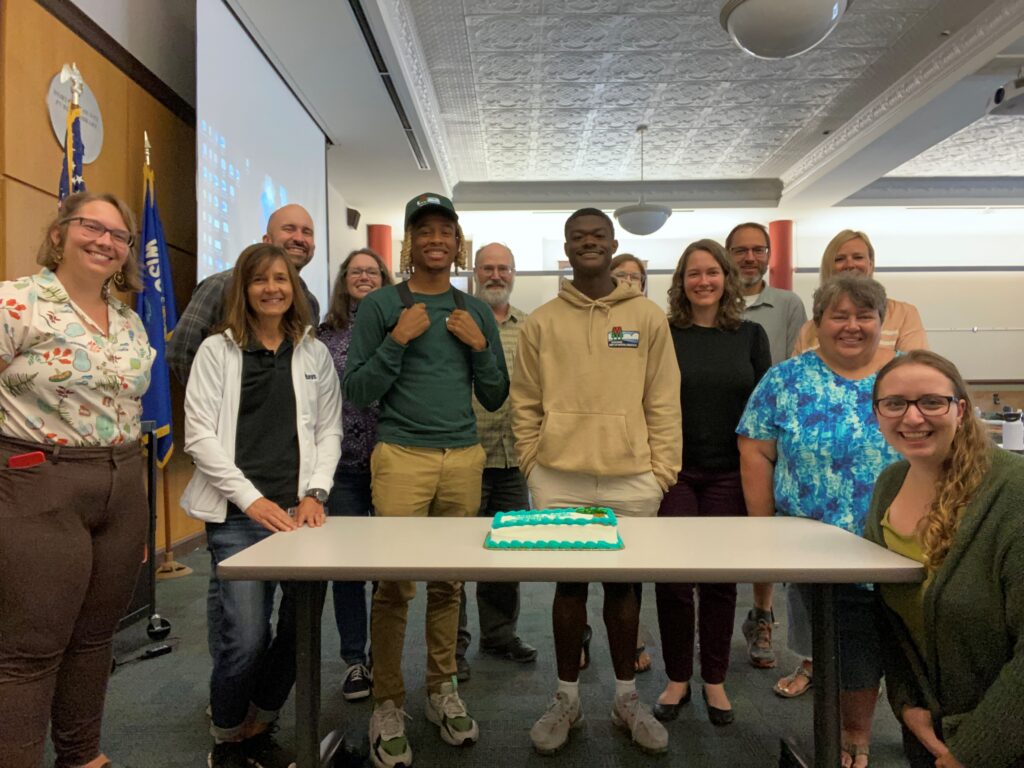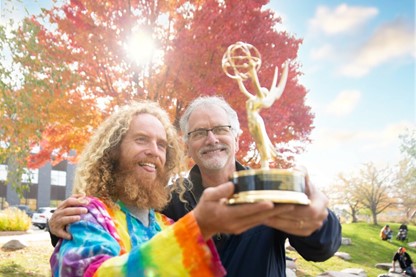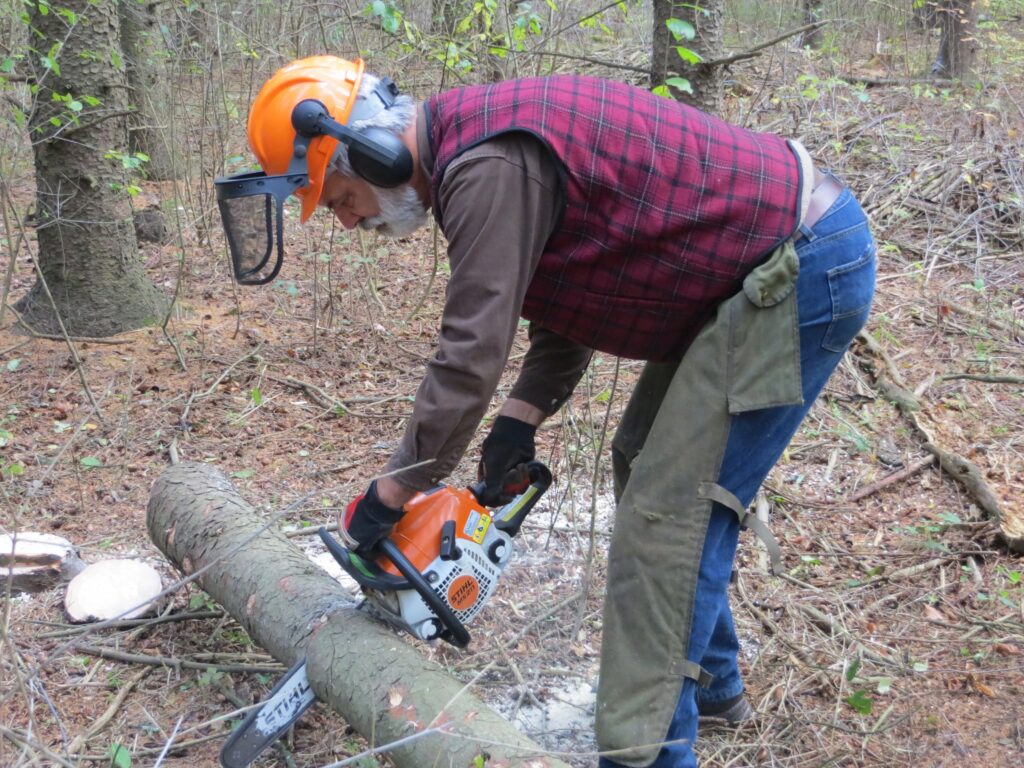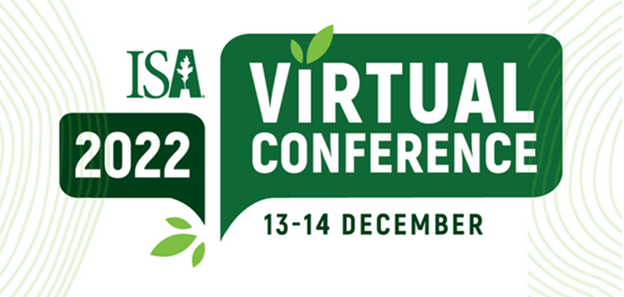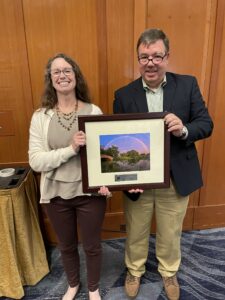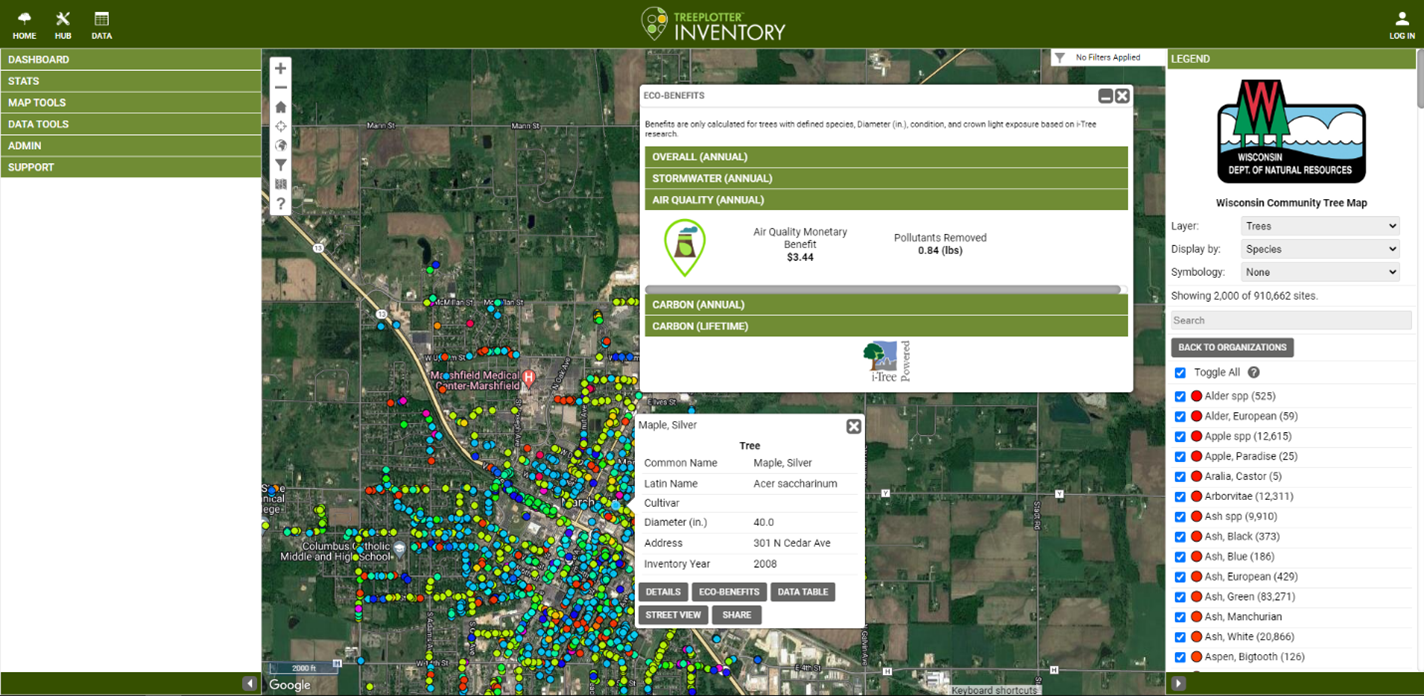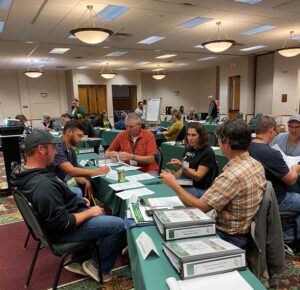By Dan Buckler, DNR Urban Forest Assessment Specialist, Daniel.Buckler@wisconsin.gov, 608-445-4578
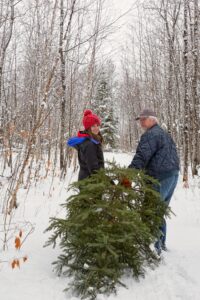
Father and daughter bringing a tree home to decorate for Christmas. Source: WI DNR
At probably the same stage of life when I thought bread was just a medium to consume peanut butter, I thought the purpose of Christmas trees was to be a home for presents. However, like many people over the years, my appreciation for these incredible evergreen plants has grown. I love bringing green things into the home when the world can otherwise look bleak.
Unlike urban trees, which were planted and maintained for all sorts of benefits to humans and the wider environment, Christmas trees and other holiday plants are predominantly planted to be harvested at a young age. But like urban trees, their fate following their life’s work is unknown.
We wonder what you do with your Christmas trees or other holiday plants. We encourage you to fill out the short survey linked below. We are particularly interested in any novel ways you may utilize the plants. Next month, we will share results and, hopefully, a few stories.
SURVEY LINK Continue reading “What Do You Do With Your Old Christmas Trees?” →
